The Ultimate Soul Torture: Which Album Design Company Is Best? What can save you worry is good!
A good design can talk, and a good company knows how to listen-if you choose the right partner, your album will "run business" by itself. Recently, I was asked numb by entrepreneurial bosses: "Urgent! Which album design company is good? Push it without being annoyed!" To be honest, this question is like asking "which restaurant is the best for the stomach"-some people want Michelin-level exquisiteness, some people want a large quantity and fullness, and others only want the boss to understand the demand of "less salt and more spicy".
The same goes for choosing an album design company. "Good" is never the same, but worry-free must be an iron law: you don't have to chase the manuscript in the middle of the night and change it until it collapses, you don't have to learn design terminology and break your head with the printing house, and the booklet you get can also make customers take the initiative to talk to you.
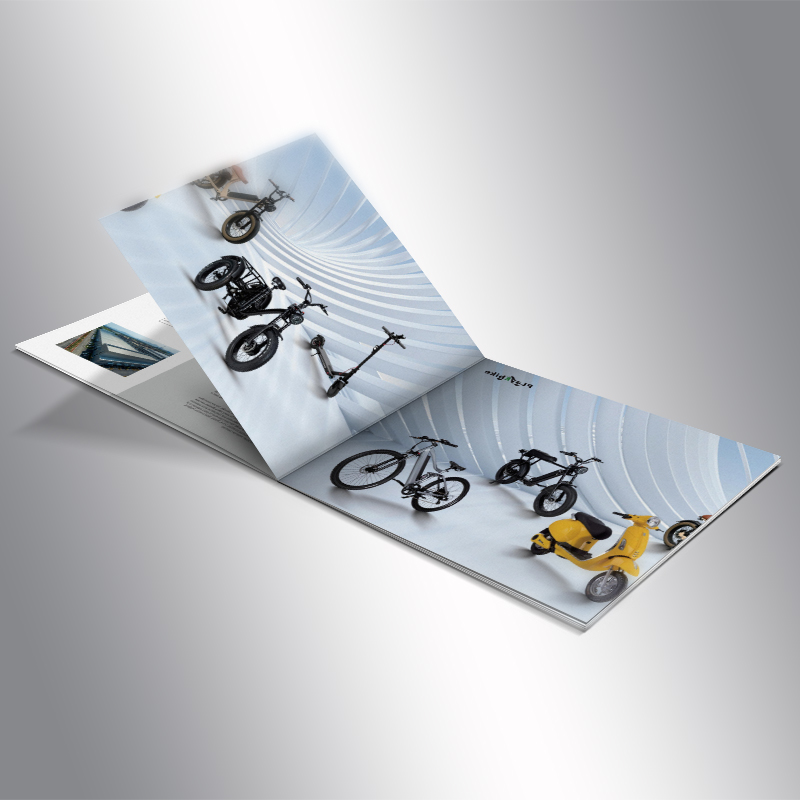
1. Why is "worry-free" more life-saving than "big name"?
Many bosses search for "Top Ten Design Companies" as soon as they come up, but no matter how high the ranking is, it suits you 3. For example, small local factories are forced to compete with top-tier teams, and the budget cannot be supported; A technology-based enterprise found a literary style studio, and the design was as beautiful as an art exhibition, but it couldn't understand the schematic diagram of the equipment-the customer turned two pages and was directly confused 1.
A truly worry-free team relies on three measures to treat "anxiety cancer":
Industry mr. six: For example, the team specializing in machinery and hardware can even draw 3D dynamic diagrams of screw accuracy, which technical customers can understand at a glance;
All-inclusive no digging holes: copywriting, shooting, design and printing are one-stop. When quoting, it is clearly written in black and white "excluding shooting? No added money!" Reject routine additions;
Communicate like a best friend: A good design consultant will ask, "Is this album for investors to look compelling, or for salespeople to run business?"-The more detailed you ask, the more poking the finished product will be.
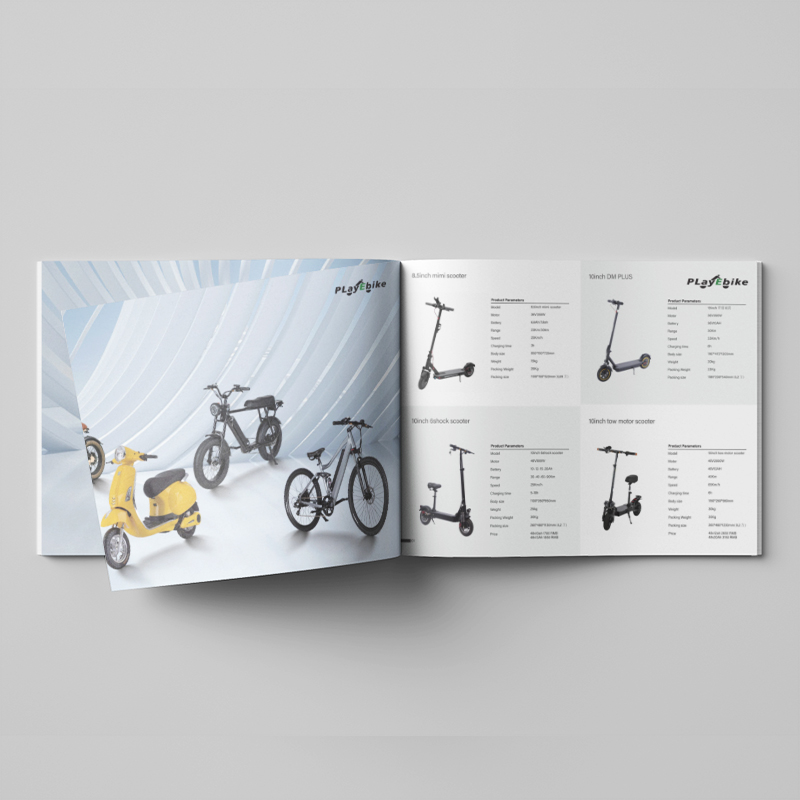
2. The "worry-free password" hidden in the details
Don't be fooled by the gorgeous portfolio-worry-free is hidden in the pores.
1. Document management: step less on the thunder of "Big Mac"
When encountering designers, they will only "put in pictures". A PSD file is piled up with dozens of layers, and its volume soars to how many GB? The printing factory can't be opened, and you have to wait half a day to change the word-don't touch this kind of team no matter how cheap it is!
Worry-free company has been prepared:
Forcibly use linked graphs instead of embedding, and the file is slimmed down by 90%;
Automatically run the pre-inspection script before printing, and detect font conversion and picture resolution with one click;
The hierarchical naming of the source file is like "medical record book"-"cover title layer _ 20250705 final version", and the revision is not crazy.
2. The process is as transparent as live broadcast
Dare to show the complete timeline before cooperation: demand diagnosis → first draft → 3 rounds of revision → final draft → printing delivery, and the progress can be checked in real time.
The team that is most afraid of "creativity needs to be precipitated" when dragging the draft-worry-free company even dares to give you the designer's schedule: "Take product pictures on Wednesday, and publish the first draft on Friday. You can nail me at any time!"
3. Even the printing "dirty work" will be carried for you
When the design draft goes to the real thing, it often encounters "color aberration tragedy"-the screen is bright and printed as gray as a smog day.
Worry-free companies either build their own printing factories or are deeply tied to the printing factories:
The designer personally stares at the proofing machine, and the Pantone color card is directly attached to the equipment for proofreading;
Use the ridgeline calculator to avoid binding and cutting errors, and the brochure does not open the skylight;
Delivery is attached with printed report: dot density and paper grams are all recorded, and any problems can be traced directly to the source.
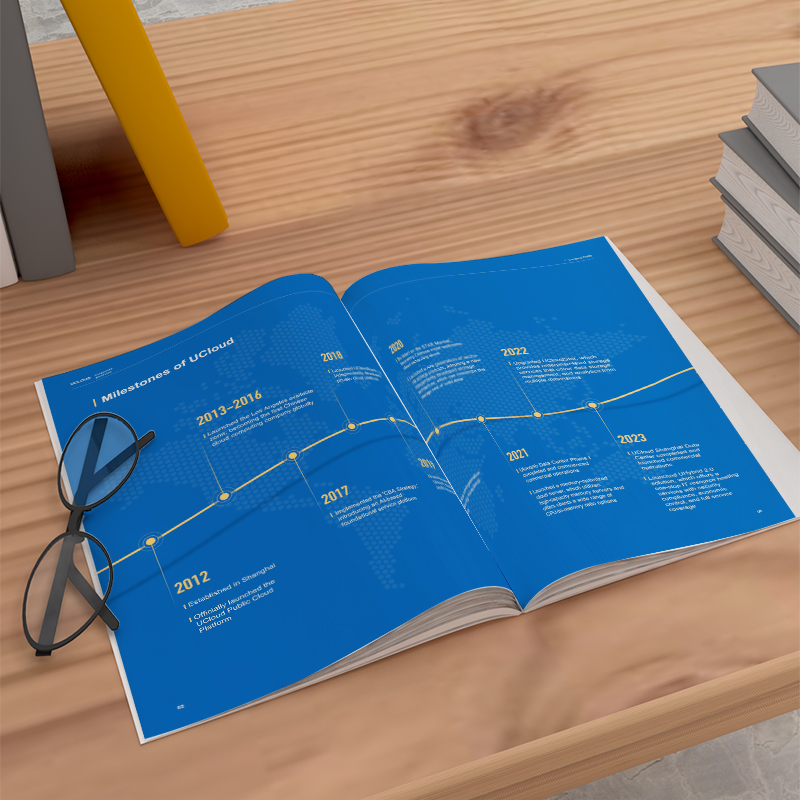
3. Can you see through the "worry-free assassin" in the case?
The case is the touchstone, but don't just count the award-focus on what commercial deadlock it solves.
Unpopular skill: Use "reverse deduction method" to check the authenticity of cases
A technology company wants to make an English picture album to go overseas, but the cooperative team does not pile up an "international sense" template, but:
Change the technical drawing of the product to a 3D explosion view, so that foreigners can understand the internal structure at a glance;
Add AR scan code to watch the video on the key data page. After scanning, the customer shouts "How it works? Amazing!";
The translation avoided "Chinese humor" and changed "leading the industry" to "Used in 50,000 factories"-as a result, the number of overseas enquiries doubled.
The killer of this kind of case is: design is not limited to beauty, but opens up the chain of "incomprehensible → trust → placing an order".
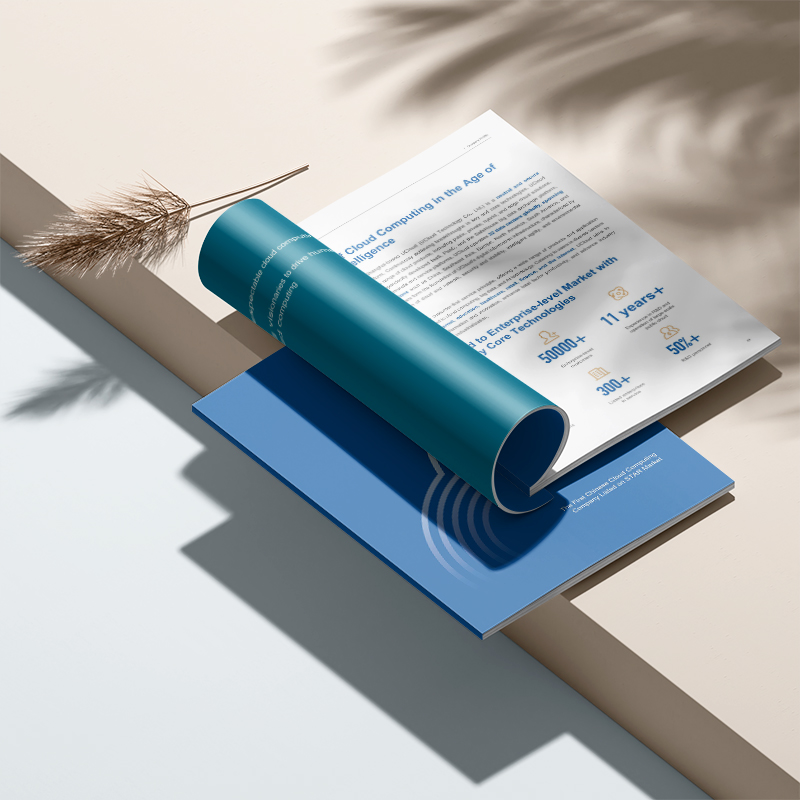
4. Guide to avoiding pitfalls: Xiaobai's anti-fraud manual
The album design industry is not shallow, and the three major sinkholes take a detour:
Low-price fishing party: "1999 yuan all-inclusive!"-As a result, the first draft was modified by the template library, and you want to change the product map? Add money;
Process black box party: the nodes are vague, ask the progress and answer "in conception", and hurry to throw a sketch to deal with it;
Hands-off shopkeeper party: Does the document lose contact after it is sent, and the printing color is abnormal? "You can argue with the printing factory yourself".
Anti-killing skills are hidden :
The contract states "5 no additional items": whether copywriting, retouching, shooting, proofing and printing fees are all inclusive;
Send a message test after get off work: Send "I have a new idea..." at 18 o'clock to see if you will reply before 9 o'clock the next day-you can't pretend to be responsible;
If you want to scrap the manuscript in the same industry: If you dare to show you the plan that has been rejected by the customer, it shows that you have really stepped on the pit of this industry!
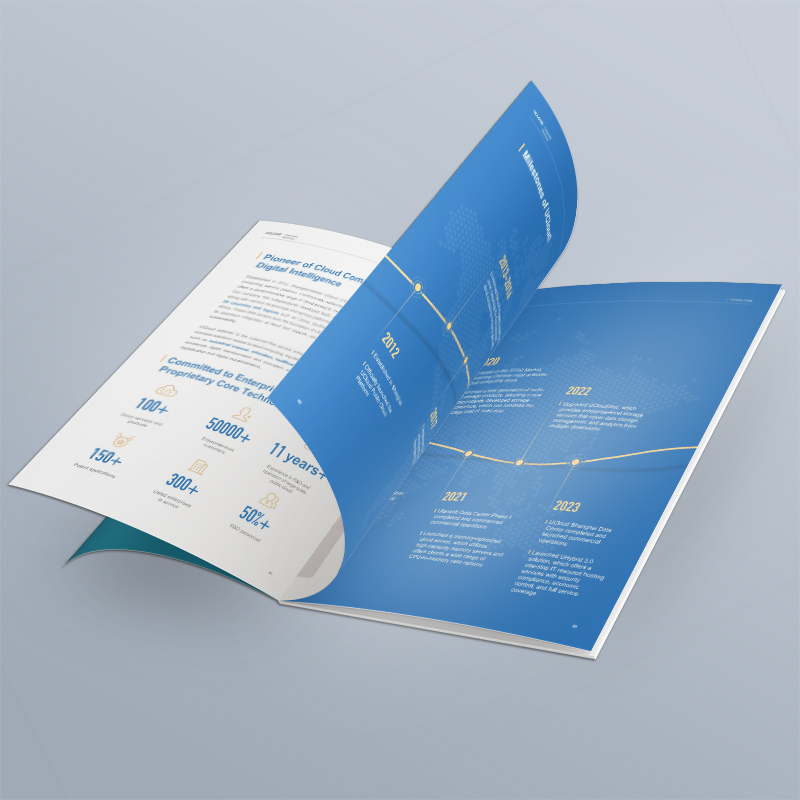
5. A good picture album doesn't talk, but lets customers chase you
Which album design company is best? The answer lies in the growth of customer business-
A qualified picture album is the "visual business card" of corporate image; And a worry-free good picture album is a 24-hour online salesman.
A financial company uses the "data electrocardiogram" album-the logic change line chart of the financial report, and investors sign the order in 5 minutes;
Smart factories distribute AR albums at exhibitions, customers scan QR codes to watch equipment assembly line videos, and orders are crowded into order receiving groups...
Behind these cases stand the same kind of partners: they don't show off their skills, but lean over into your workshop to look at the assembly line; If you don't submit the manuscript, it will disappear, but let the design help you carry KPIs.
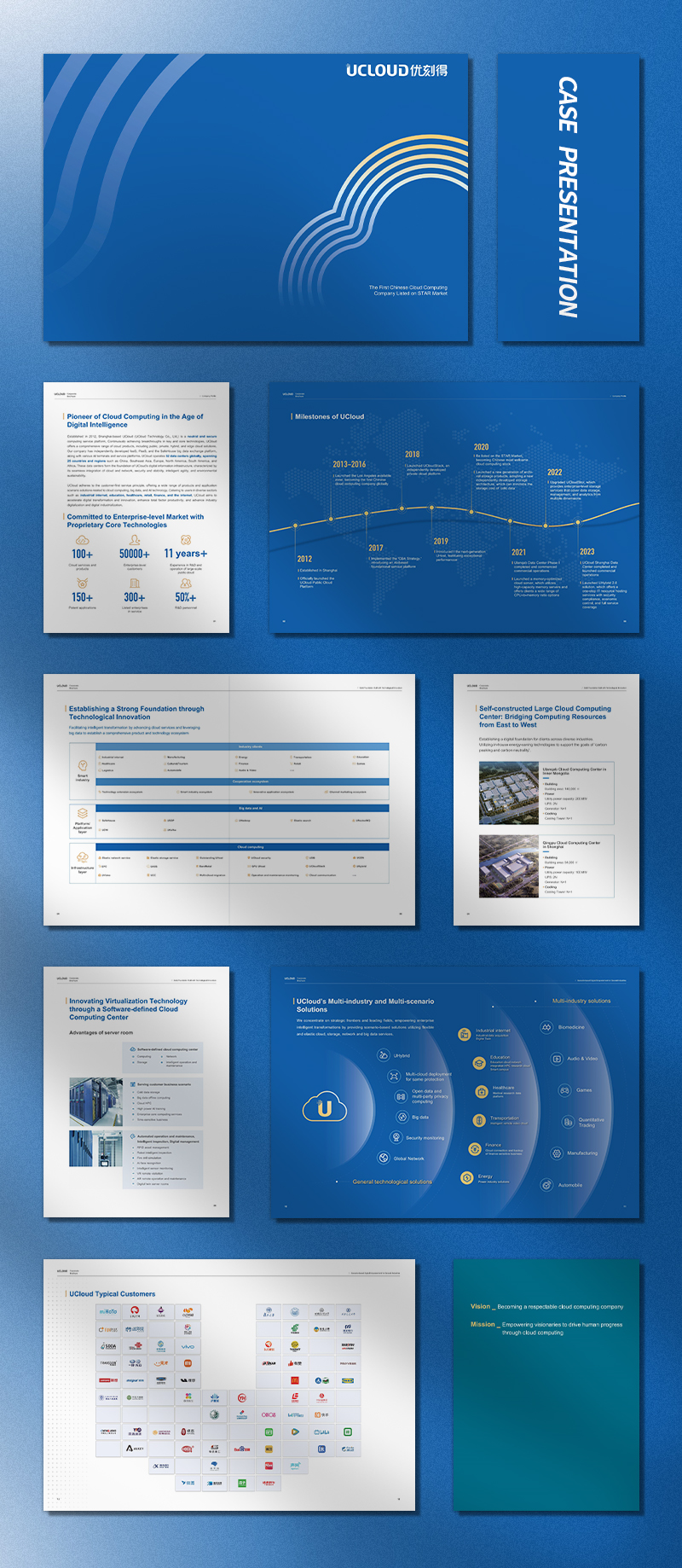
Which album design company is good? Don't listen to the other party bragging about "winning the Red Dot Award", cover your heart and ask yourself, "Can I sleep all night after the money is paid?" Worry-free companies never want you to be a "supervisor, translation and printing dispute specialist". They melt into your process like water-from the first meeting and asking, "What headache do you most want to solve with a picture album?", to finally putting the finished product gently on the table and asking with a smile, "Do you see, can it help you take orders?" Good design will run customers yourself, and good partners let you just focus on performance. And your picture album has already taken the corporate story to the next business opportunity battlefield.



